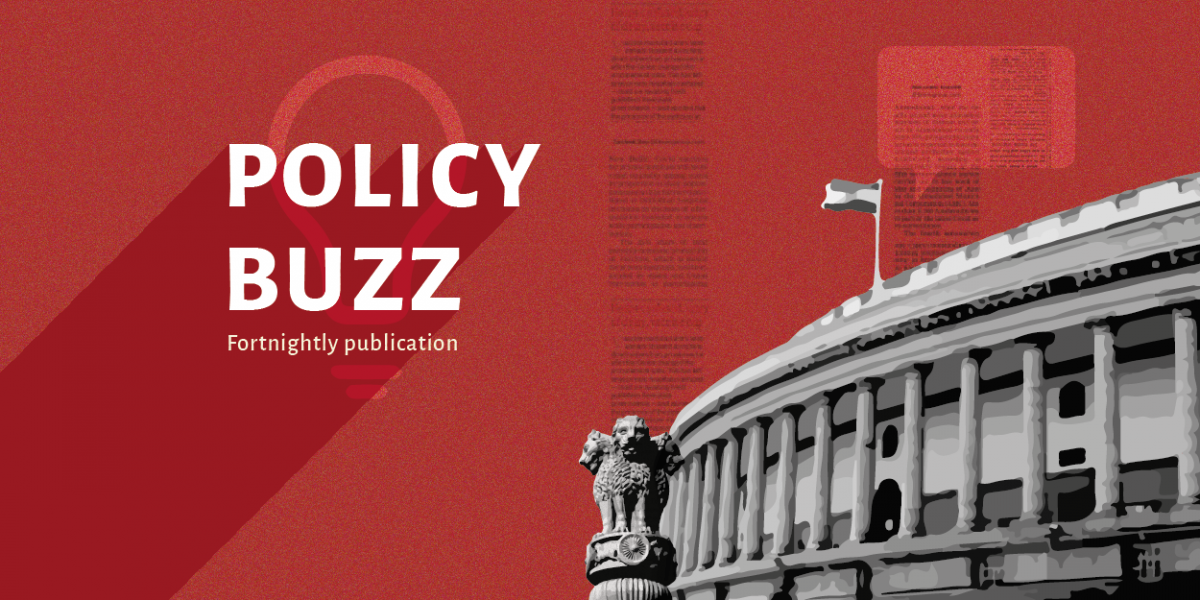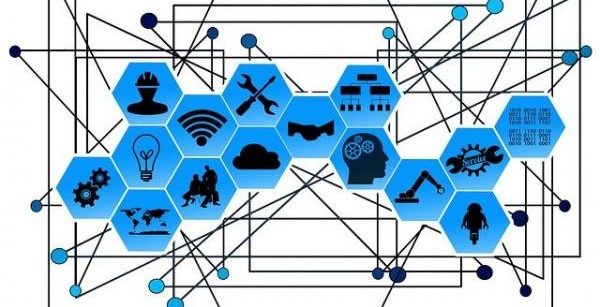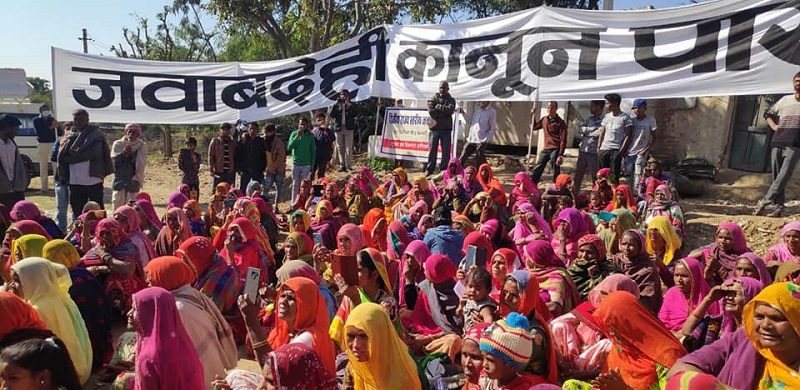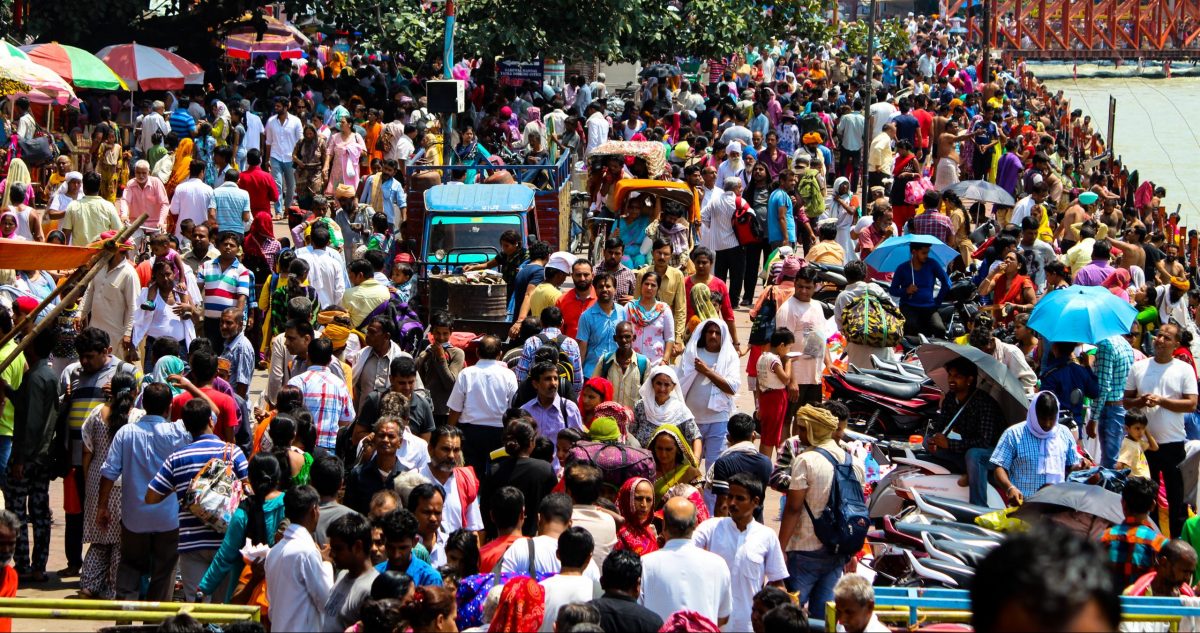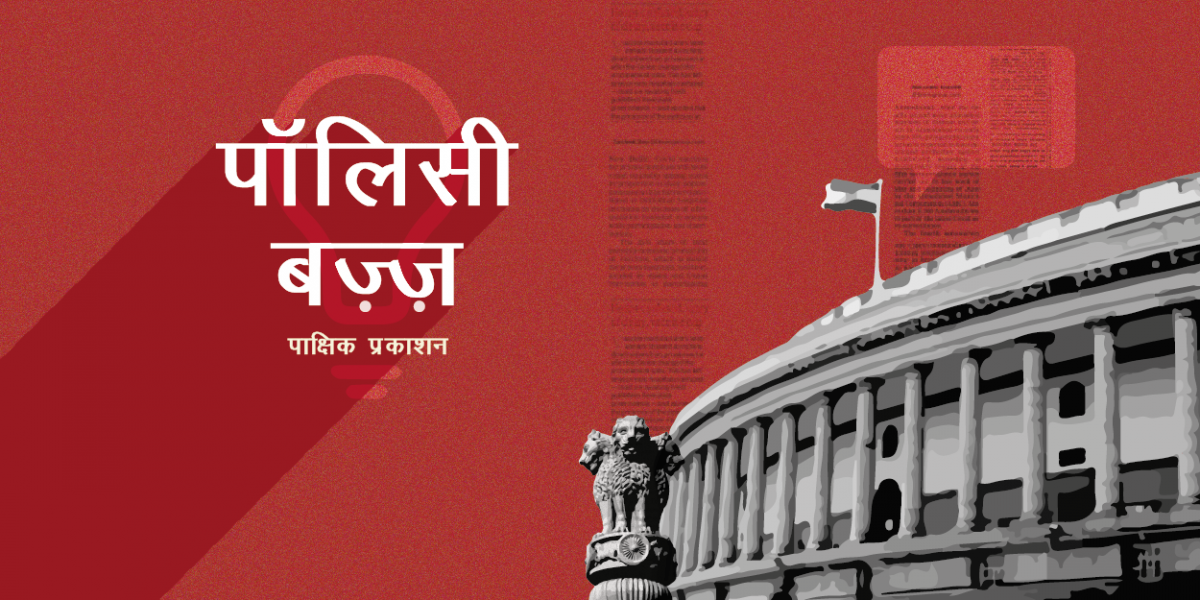Keep up-to-date with all that is happening in welfare policy with this curated selection of news – Policy Buzz – published every fortnight.
Policy News
- The 7th monthly instalment of Post Devolution Revenue Deficit (PDRD) Grant of ₹7,183.42 crore was released by the Department of Expenditure, Ministry of Finance.
- Concerns about the implementation of Pradhan Mantri Kaushal Vikas Yojana (PMKVY) have been flagged by the Parliamentary standing committee on Labour, Textiles and Employment.
- The ‘Make In India’ programme has completed eight years of operation.
- Public Sector Undertakings (PSUs) with land bank but little business are being identified by the Centre.
- The misuse of MGNREGS funds by some states to build rural infrastructure instead of generating livelihood opportunities was flagged upon by the Centre.
Health and Nutrition
- Pradhan Mantri Garib Kalyan Anna Yojana (PMGKAY) has been extended for three months i.e. until December 2022. Read about food subsidies in India with our Budget Brief here.
- The cooking cost of Mid-Day Meal per child is set to increase by 9.6 per cent.
- Under the Medical Termination of Pregnancy (MTP) Act, the right to safe and legal abortion has been extended to all women by the Supreme Court.
- The progress under the National Health Mission (NHM) during FY 2020-21 was notified to the Union Cabinet. Read our Budget Brief on NHM here.
Education
- YUVA 2.0 – Prime Minister’s Scheme for Mentoring Young Authors launched by the Ministry of Education.
- Regular examinations and a new set of assessment guidelines will be implemented for Classes for 3 to 8 from 2023-34, according to guidelines issued by the Delhi government. The government will also be rolling back its no detention policy for students of Classes 5 and 8.
- The Bharatskills Forum, a digital knowledge-sharing platform, was launched by the Directorate General of Training (DGT).
- ‘Sign Learn’, an Indian Sign Language mobile application has been launched by the Centre.
- The ‘Education 4.0 India Report’ was released by the World Economic Forum. Read the complete report here.
Sanitation
- Functionality Assessment of Household Tap Connections-2022 was undertaken by the Ministry of Jal Shakti. Read about the progress of Jal Jeevan Mission with our Budget Brief here.
- The results for Swachh Survekshan Survey 2022 were announced by the Ministry of Housing and Urban Affairs.
- The JALDOOT App was launched by the Ministry of Rural Development. The application will capture the water levels of selected wells in villages across the country.
Other News
- The concept note on Central Bank Digital Currency has been issued by the Reserve Bank of India.
- A Commission has been appointed by the Central Cabinet to study the possibility of extending Scheduled Caste (SC) status to Dalits who have converted to religion other than Hinduism, Sikhism and Buddhism.
- A report titled, ‘Poverty and Shared Prosperity 2022: Correcting the Course’ was released by the World Bank. Read the complete report here.
Also Read: An Overview of the Jawabdehi Andolan Demanding an Accountability Legislation in Rajasthan


